Engines are often the heart and soul of any vehicle, but not all start with a favorable reputation. Some engines, initially ridiculed or underestimated, have risen through the ranks to be revered as legends. Here’s a look at ten engines that transformed skepticism into respect.
The Wankel Rotary Engine
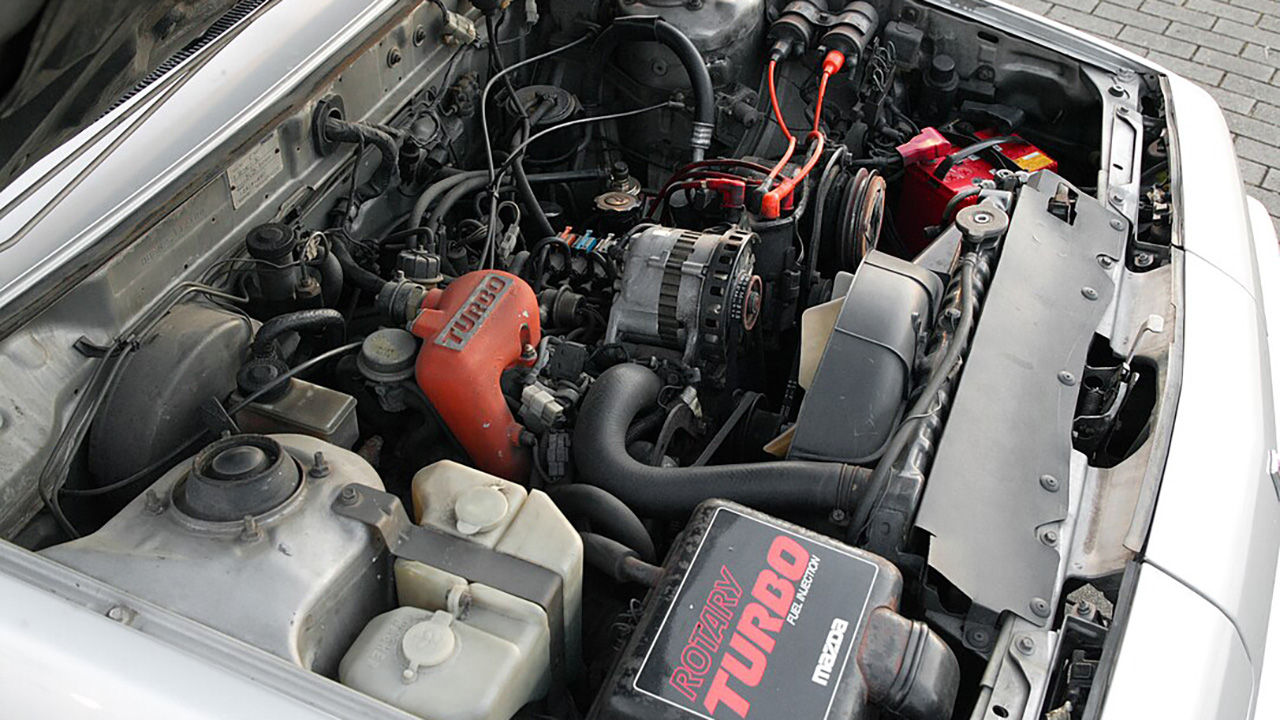
The Wankel Rotary Engine, known for its unique design and compact size, initially faced skepticism due to its unusual mechanics. Unlike traditional piston engines, it uses a rotating rotor to convert pressure into rotating motion. Early adopters like Mazda faced challenges in terms of reliability and fuel efficiency, which led to doubts about its practicality.
However, the rotary engine’s lightweight nature and high-revving capabilities found a place in the hearts of enthusiasts, especially in the Mazda RX series. Its performance in the Mazda RX-7 and RX-8 showcased its potential, cementing its status as a legendary engine despite its quirks.
The Ford Flathead V8
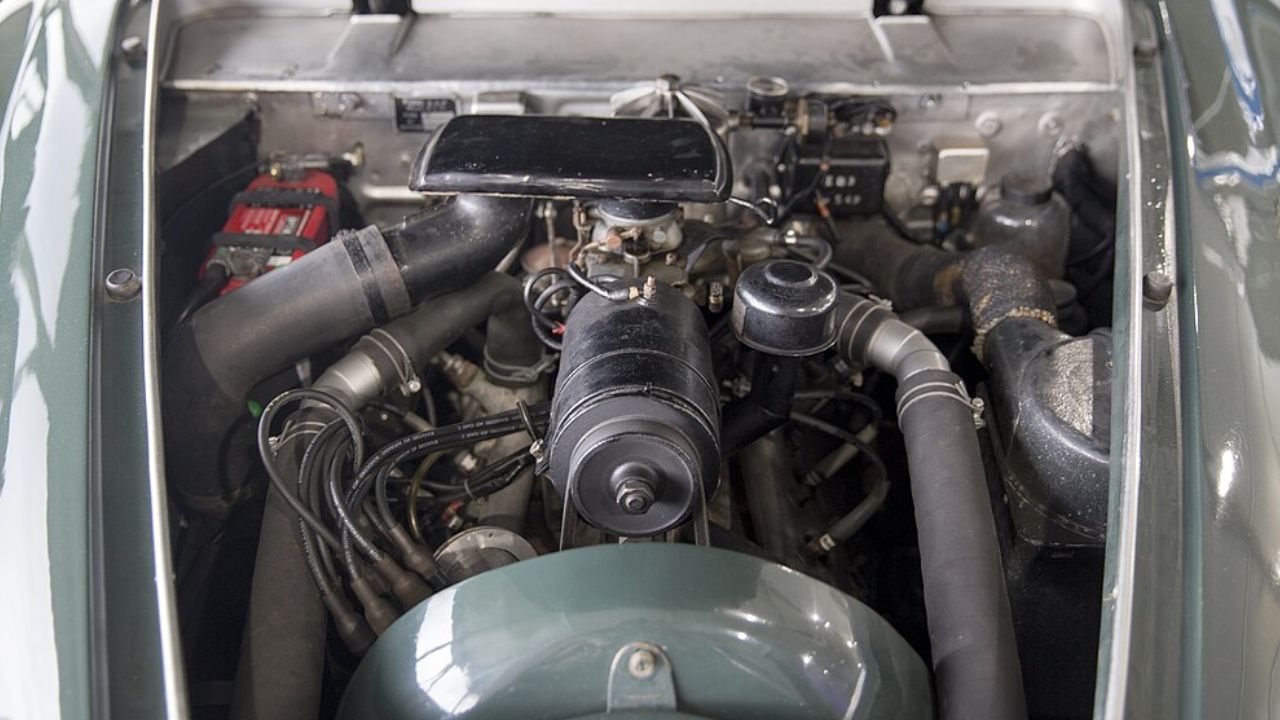
When the Ford Flathead V8 was introduced in 1932, it was a groundbreaking development as the first affordable V8 engine. However, its early years were marked by skepticism due to overheating issues and limited power output compared to inline engines of the time.
As improvements were made, the Flathead V8 became a favorite among hot rodders and racers. Its simple design and potential for modification allowed it to dominate the American automotive landscape for decades, earning it a loyal following and a legendary status.
The Honda CVCC Engine
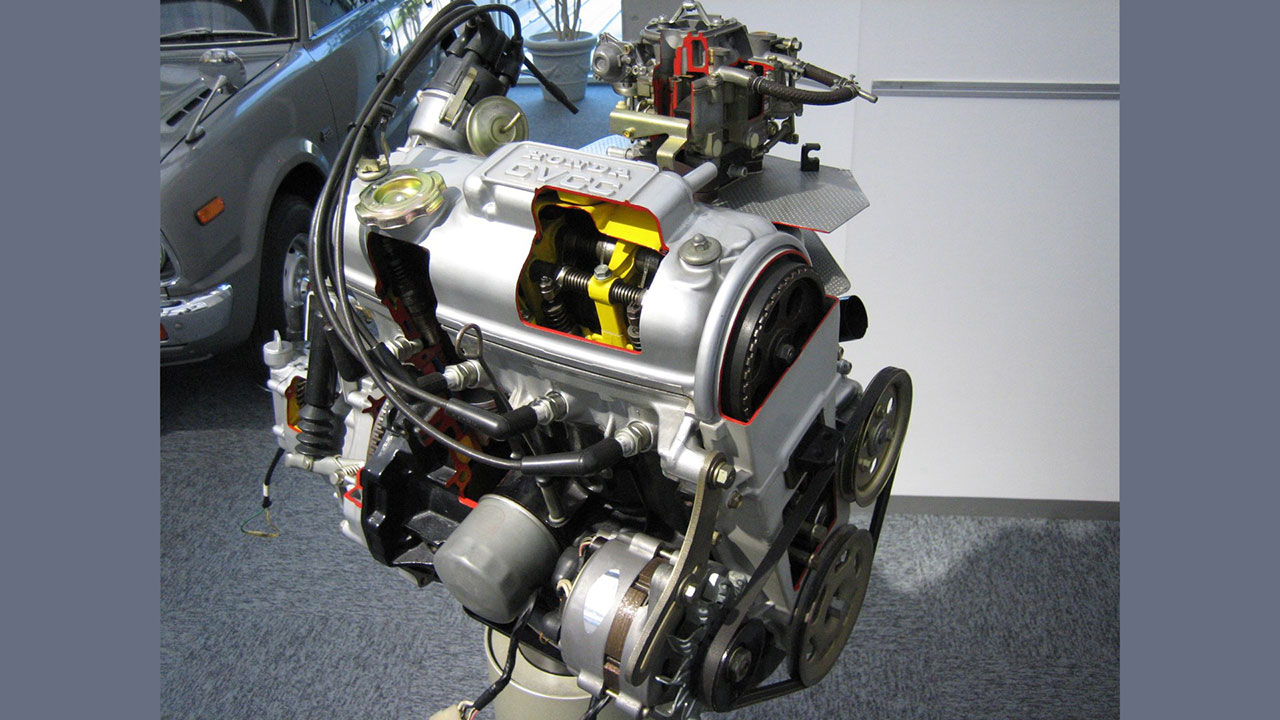
Honda’s CVCC (Compound Vortex Controlled Combustion) engine was introduced in the 1970s as a response to stringent emissions regulations. Initially, it faced criticism for being overly complex and for not fitting the mold of traditional engine designs.
However, the CVCC engine proved its worth by enabling Honda vehicles like the Civic to meet U.S. emissions standards without a catalytic converter. This innovation not only showcased Honda’s engineering prowess but also set a benchmark for efficient, environmentally-friendly engines.
The Chrysler Hemi Engine
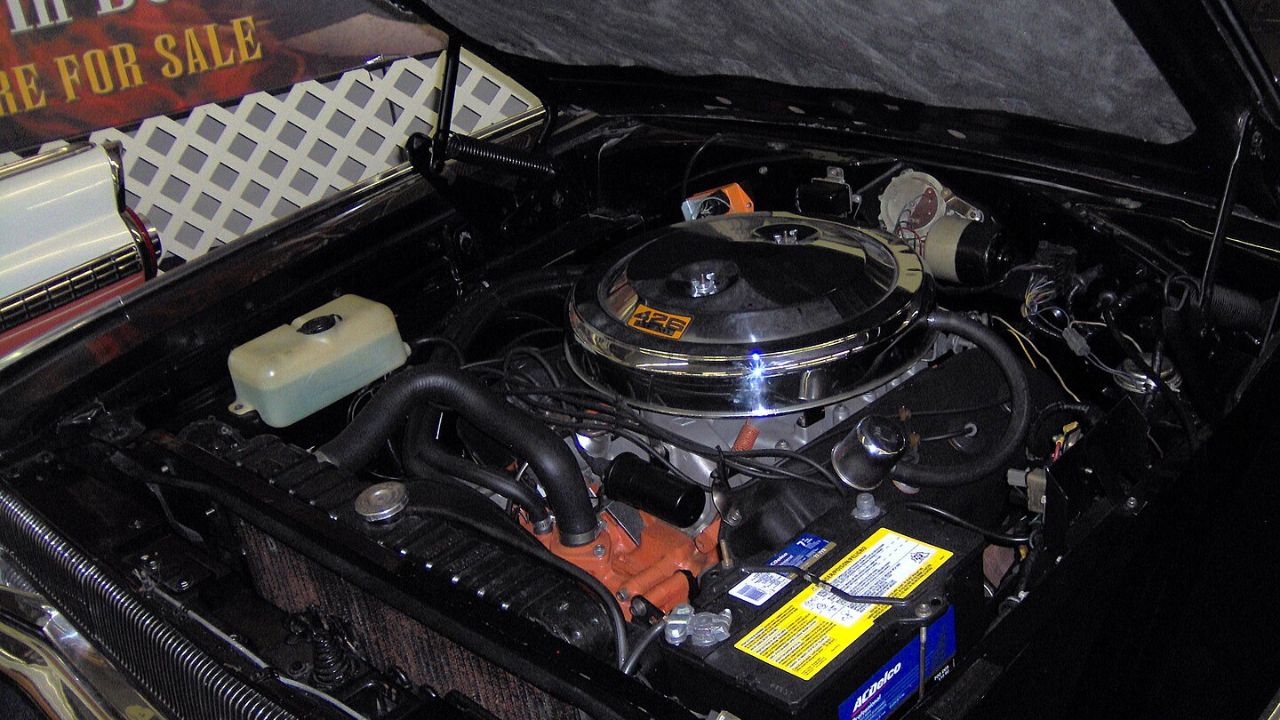
The Chrysler Hemi engine, with its hemispherical combustion chambers, was initially ridiculed for its complexity and cost. Critics doubted its practicality for mainstream usage, given the technical challenges it presented in manufacturing.
Despite these early criticisms, the Hemi engine became synonymous with power and performance, particularly in muscle cars like the Dodge Charger and Challenger. Its legendary status was cemented by its success in racing and its continuous evolution over the decades.
The Volkswagen Beetle Engine
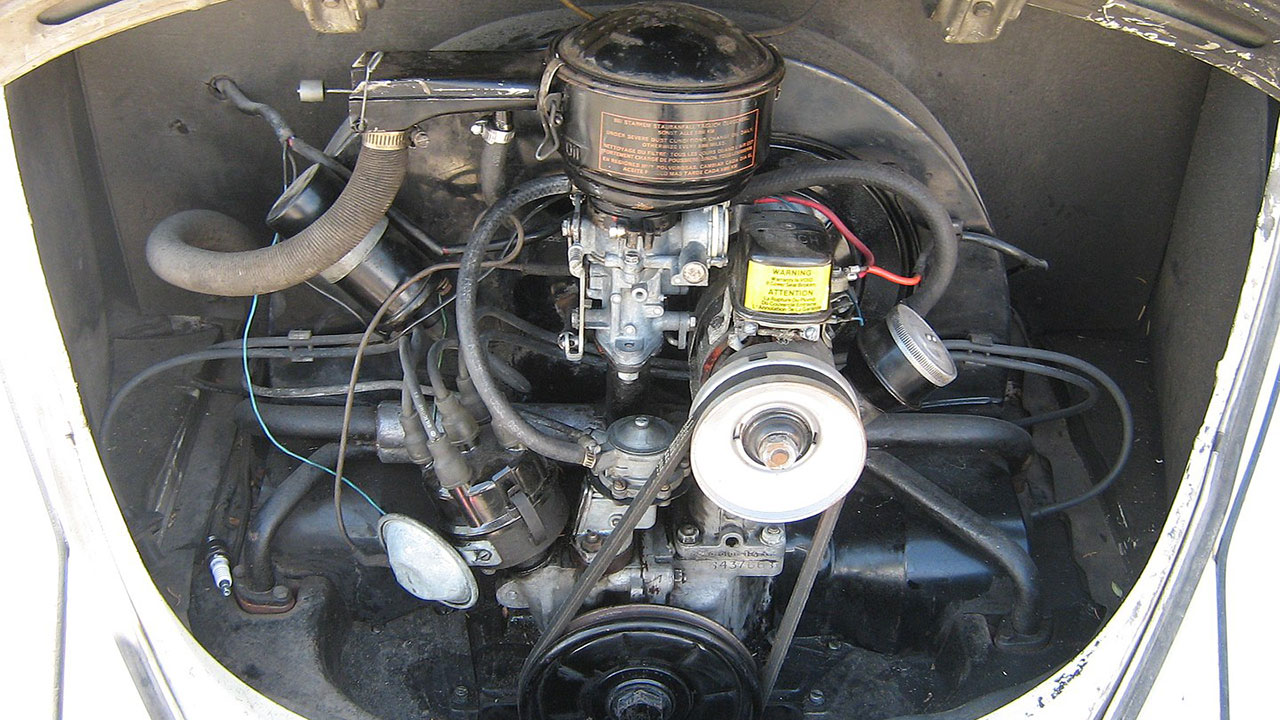
The air-cooled, rear-mounted engine of the Volkswagen Beetle was initially mocked for being underpowered and noisy. Skeptics doubted its reliability and performance, particularly in the competitive automotive market of the mid-20th century.
However, the Beetle’s engine proved to be incredibly durable and easy to repair, contributing to the car’s long production run and global popularity. Its simplicity and effectiveness made it an iconic powerplant that powered one of the best-selling cars of all time.
The Subaru Boxer Engine
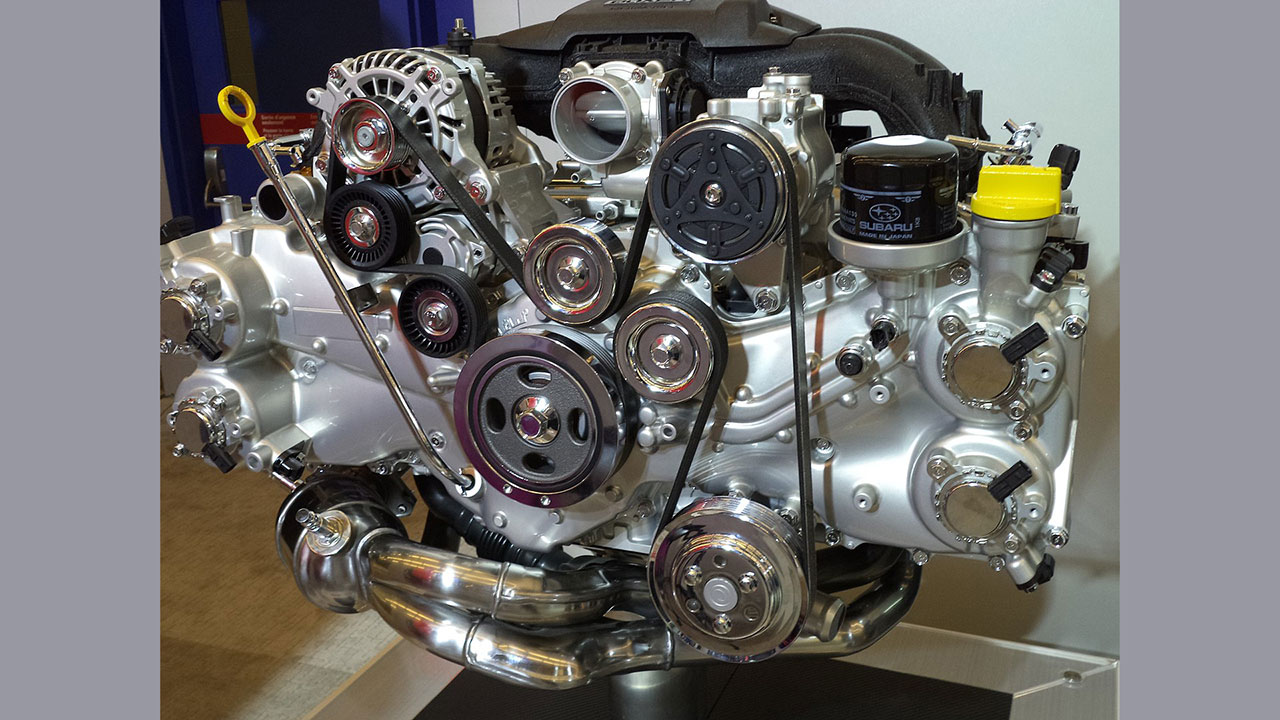
Subaru’s Boxer engine design, with its flat layout, faced skepticism due to its unconventional appearance and the challenges it posed for maintenance. Critics questioned its ability to deliver the power and efficiency expected of more traditional engine configurations.
Despite these doubts, the Boxer engine demonstrated exceptional balance and a low center of gravity, enhancing the handling of vehicles like the Subaru Impreza and Forester. Its unique advantages have made it a hallmark of Subaru’s lineup, earning it a loyal fanbase and legendary status.
The BMW M10 Engine
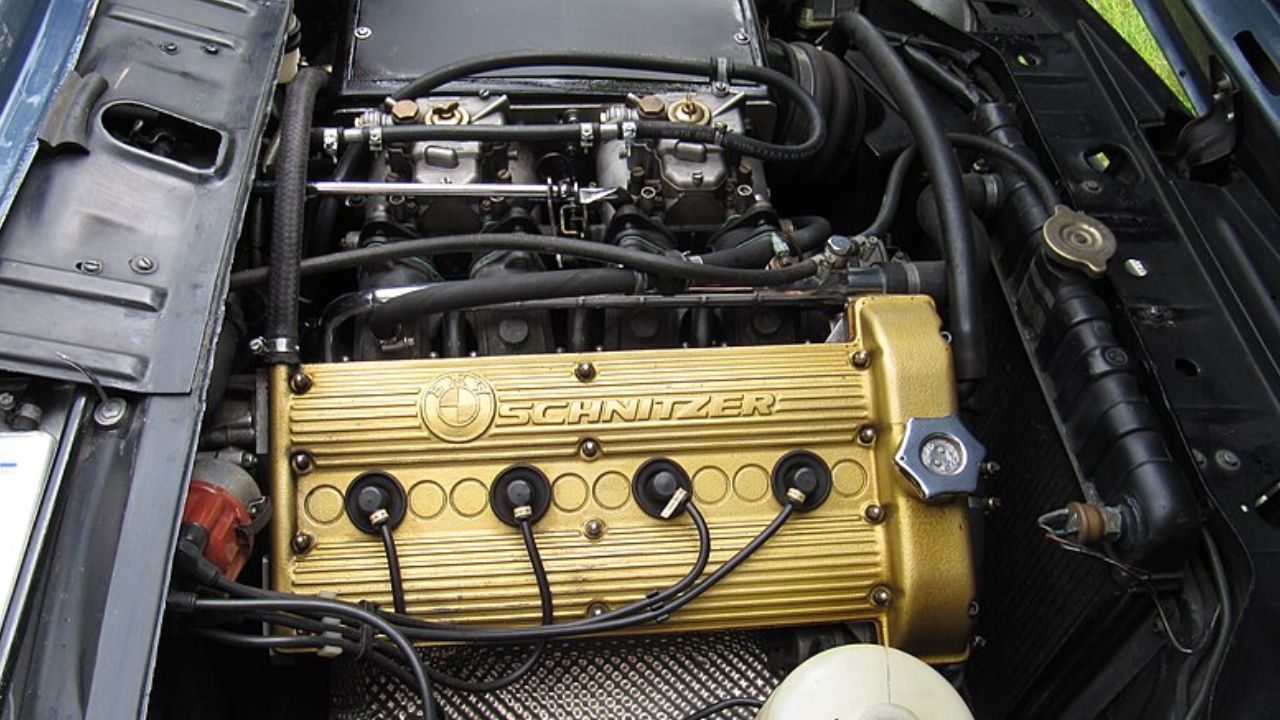
The BMW M10 engine, introduced in the early 1960s, was initially seen as just another inline-four engine with little to distinguish it from competitors. Critics doubted its longevity and potential for innovation.
Yet, the M10’s robust design and adaptability allowed it to evolve over two decades, powering everything from the classic BMW 2002 to the turbocharged Formula 1 engines of the 1980s. This versatility and performance legacy have secured its place as a legendary engine.
The Toyota 2JZ Engine
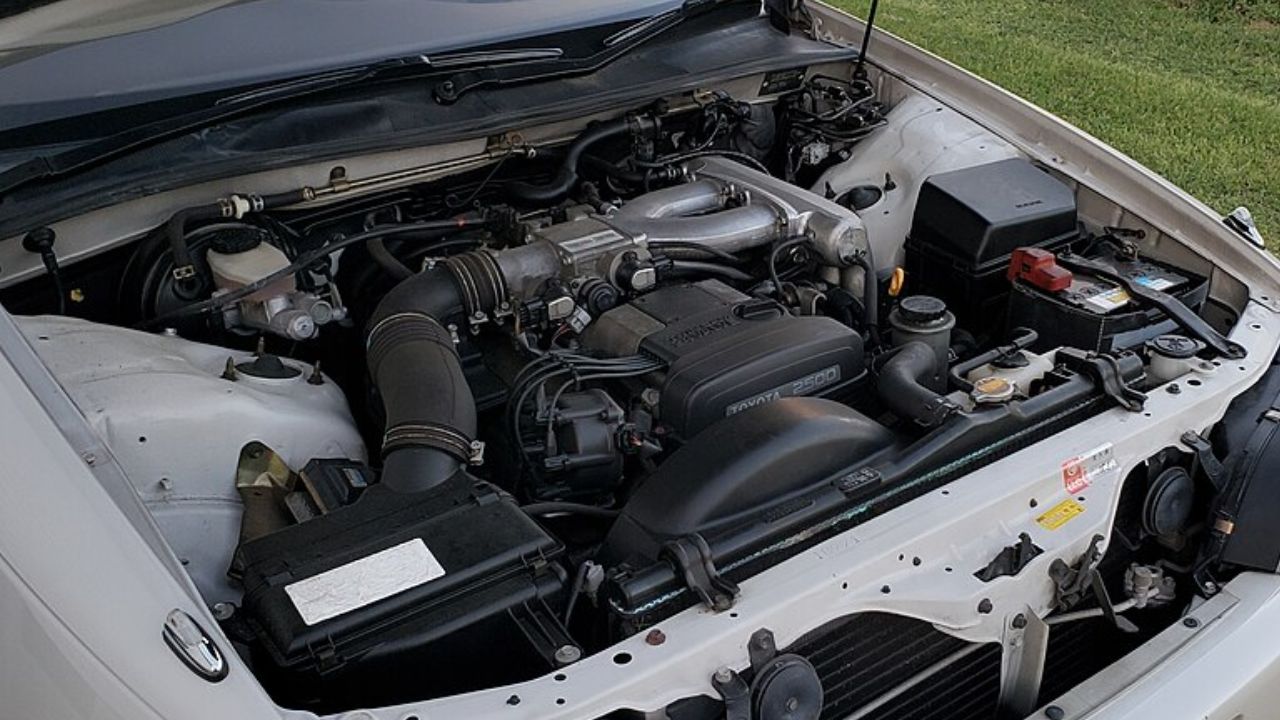
When the Toyota 2JZ engine debuted in the early 1990s, it was initially seen as over-engineered and too complex for mainstream appeal. Critics questioned the necessity of such a robust and heavy engine for a production car.
However, the 2JZ’s ability to handle high levels of boost and produce immense power without sacrificing reliability quickly won over skeptics. Its performance in the Toyota Supra, particularly in the MK4 generation, has made it a legend in the world of tuners and drag racing.
The Nissan RB26DETT Engine
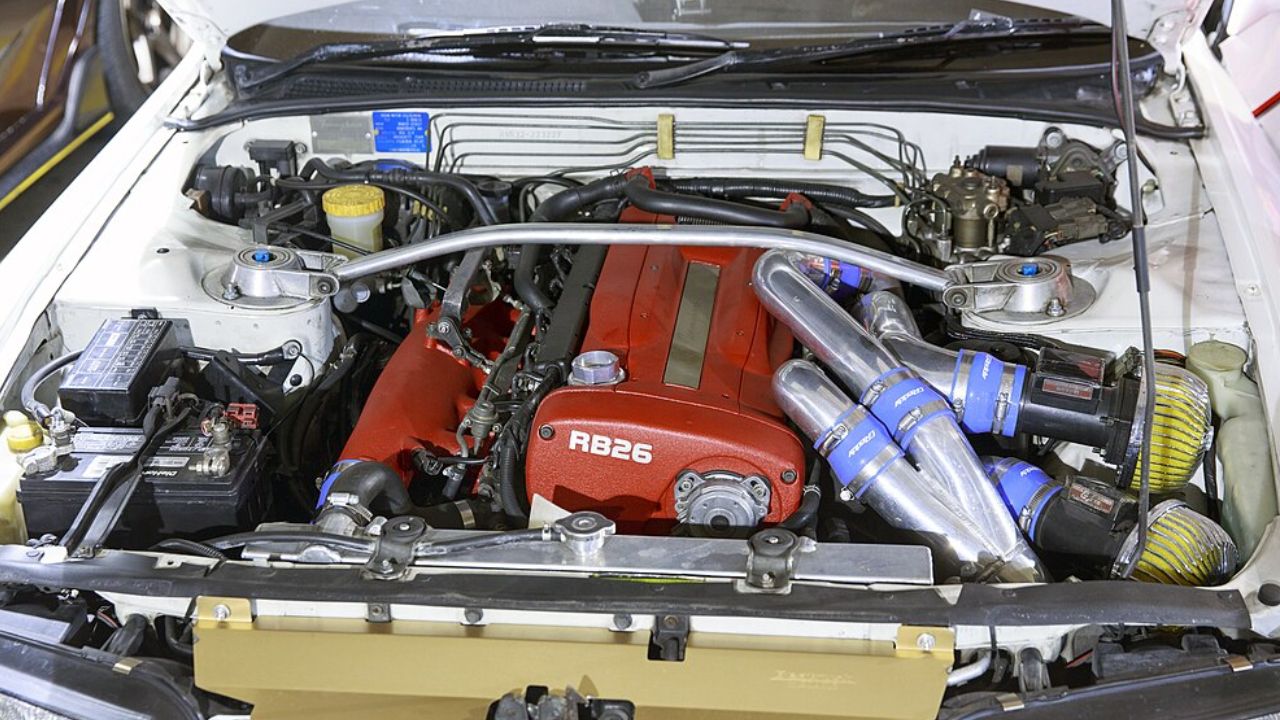
Nissan’s RB26DETT engine, introduced in the Skyline GT-R, initially faced criticism for its complexity and high production costs. Many doubted its suitability for a commercial vehicle given its origins in motorsport.
Despite these concerns, the RB26DETT became famous for its incredible tuning potential and durability. Its success in motorsport and street racing, especially in the R32, R33, and R34 Skyline GT-Rs, has solidified its position as a legendary powerplant.
The Chevrolet Small Block V8 Engine
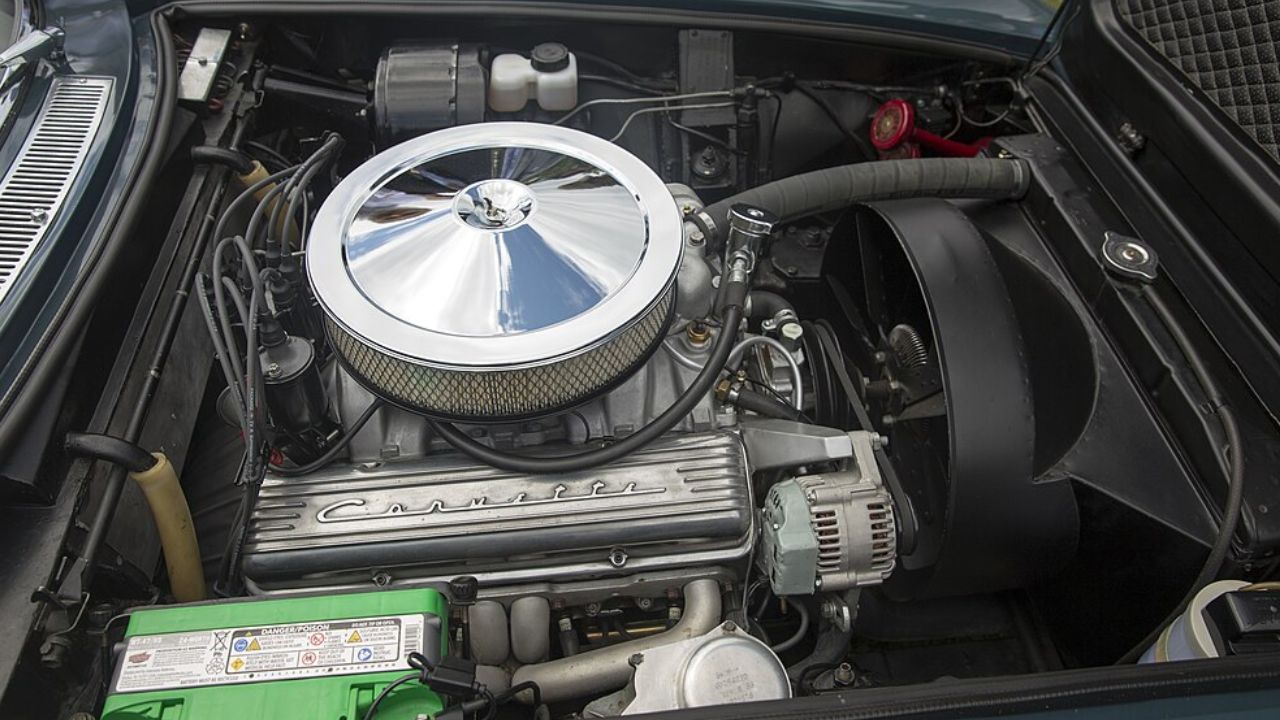
The Chevrolet Small Block V8, first introduced in 1955, was initially met with skepticism due to its compact size and unconventional design choices. Critics questioned its ability to deliver the performance expected of larger V8 engines.
Over time, the Small Block V8 proved to be one of the most versatile and enduring engines in automotive history. Its adaptability and power made it a favorite among racers and custom car builders, earning it a legendary reputation that endures to this day.
Like Fast Lane Only’s content? Be sure to follow us.
Here’s more from us:
*Created with AI assistance and editor review.

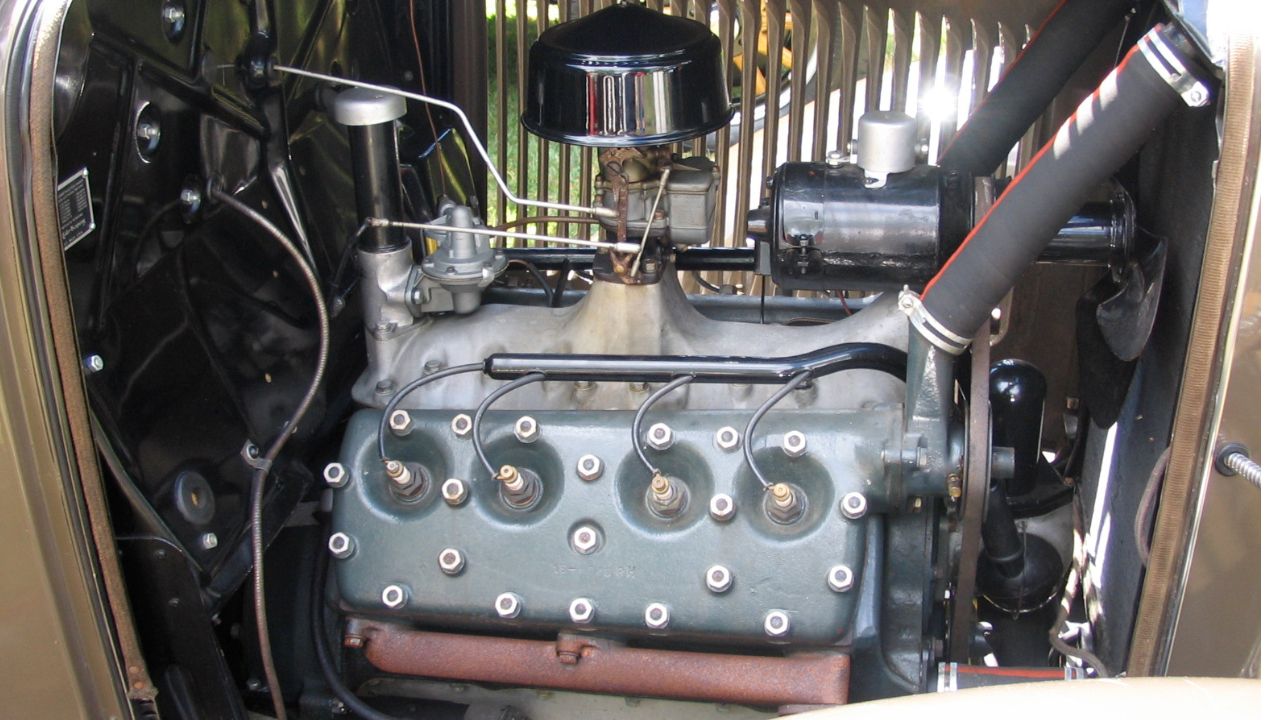
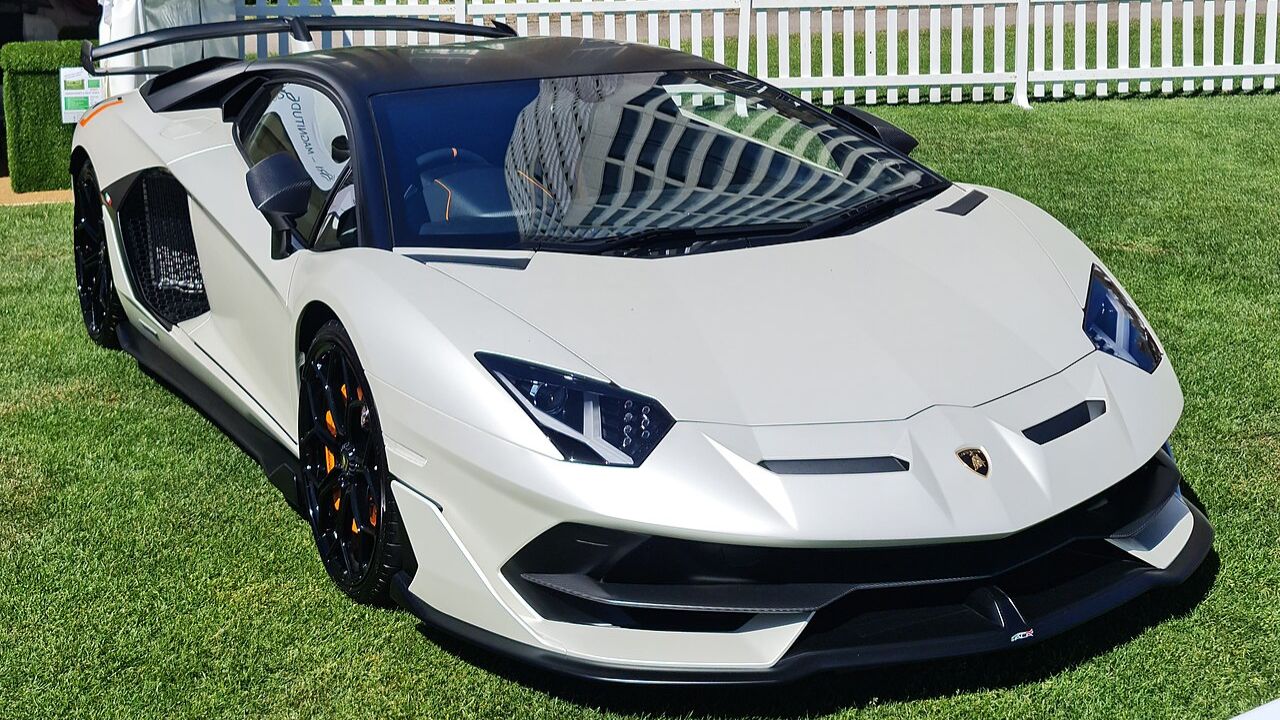
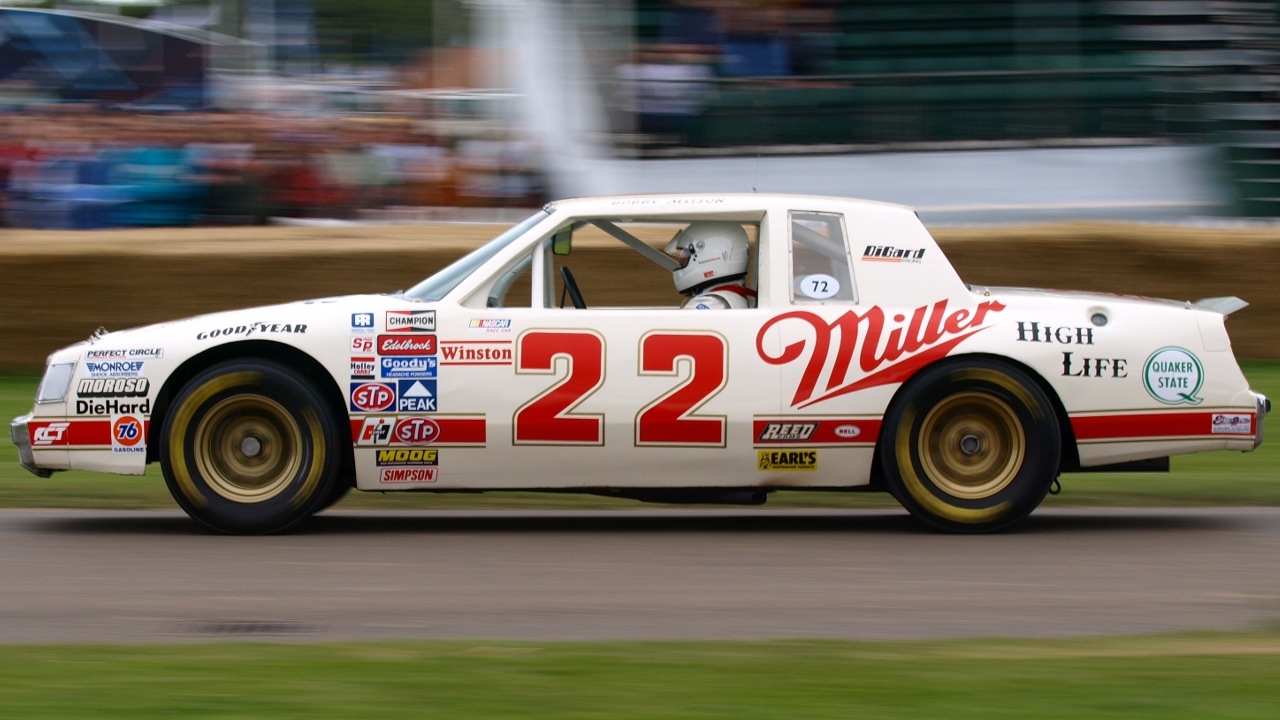
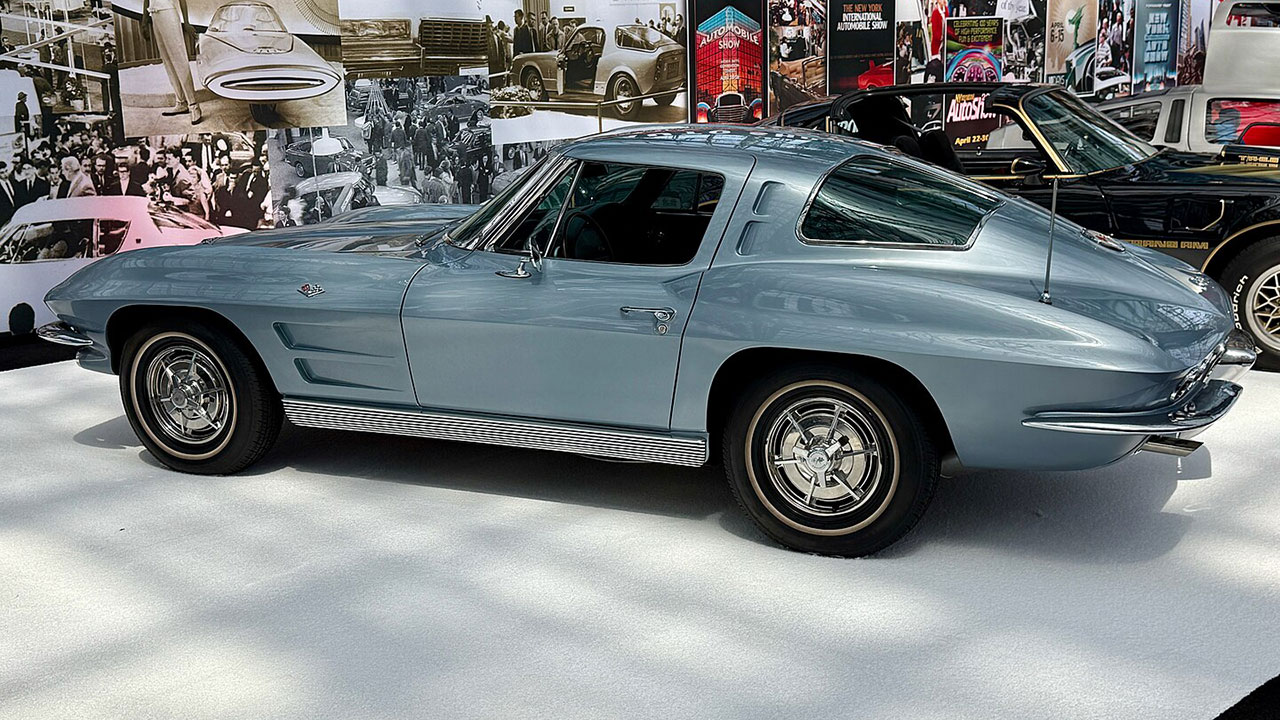
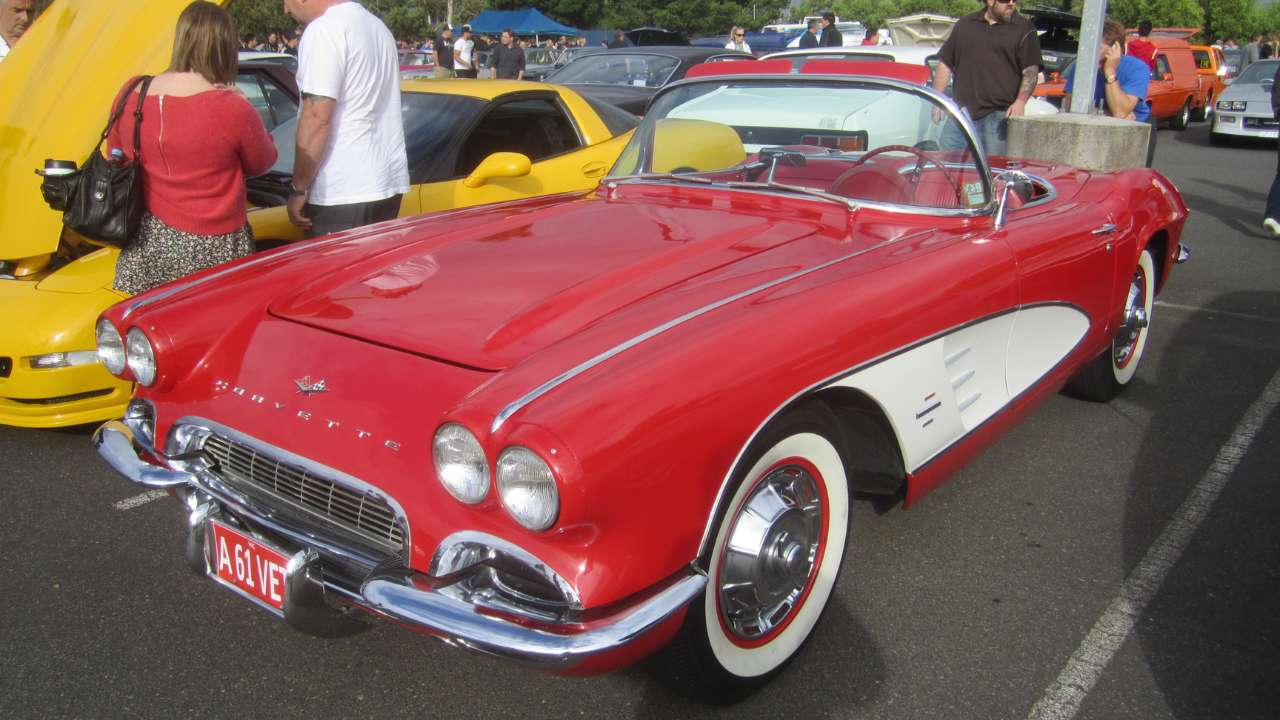
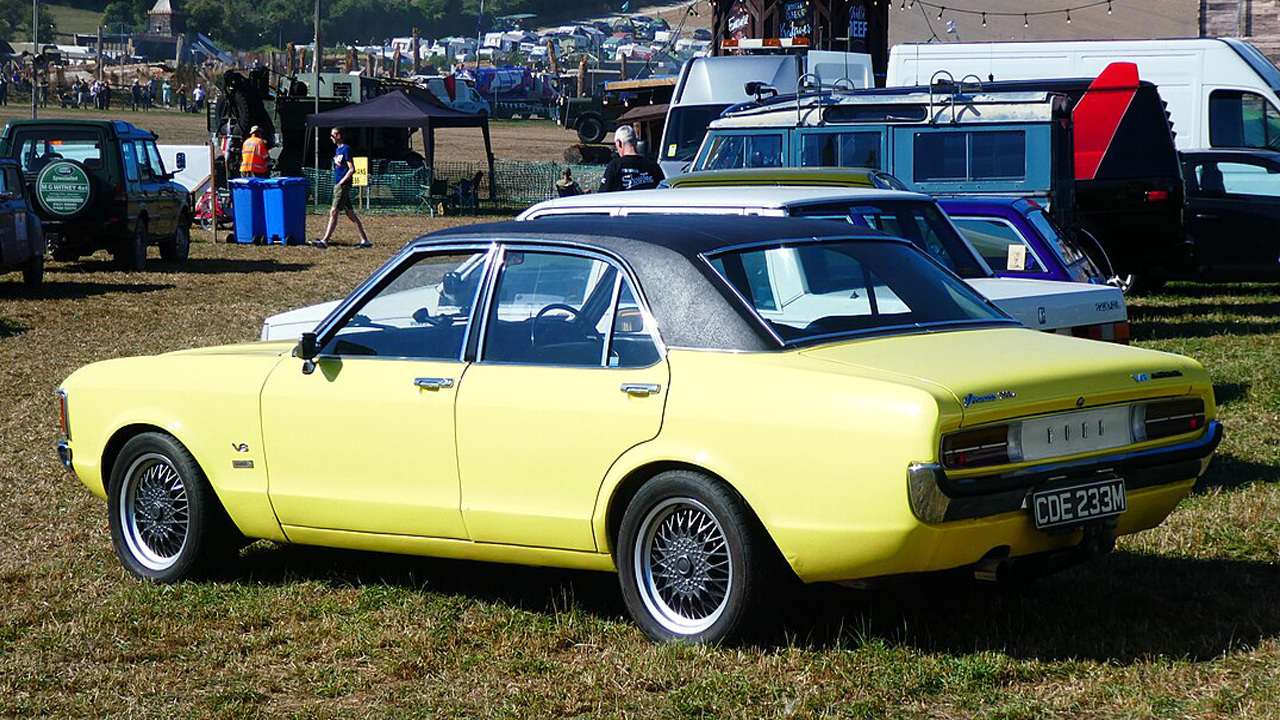
Leave a Reply